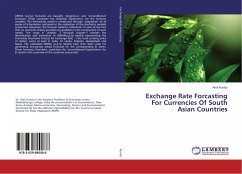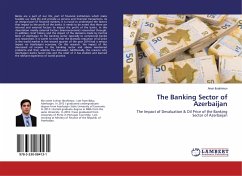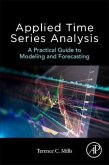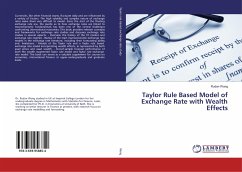It was 2008, when the world was hit by credit crisis, and India saw the emergence of energy trading. As the Indian manufacturing sector was largely depending on the fossil fuel based energy, it became imperative for the government to introduce such a measure, which can ensure the smooth running of the manufacturing sector and at the same time can reduce the burden of trade deficit, which was majorly owing to the importing of crude oil. Indian Energy Exchange was largely the result of that initiative. However, its introduction affected the manufacturing sector and the capital market quite significantly. Following this trail, trading of other utility products via Multi Commodity Exchange also gained pace. This has not only affected the sectoral growth, but also affected the exchange rates, by curbing down the crude oil import. Purpose of this book is to carry out an empirical investigation on the causal impacts of this policy level innovation on the Indian capital market, followinga disintegrated approach.








